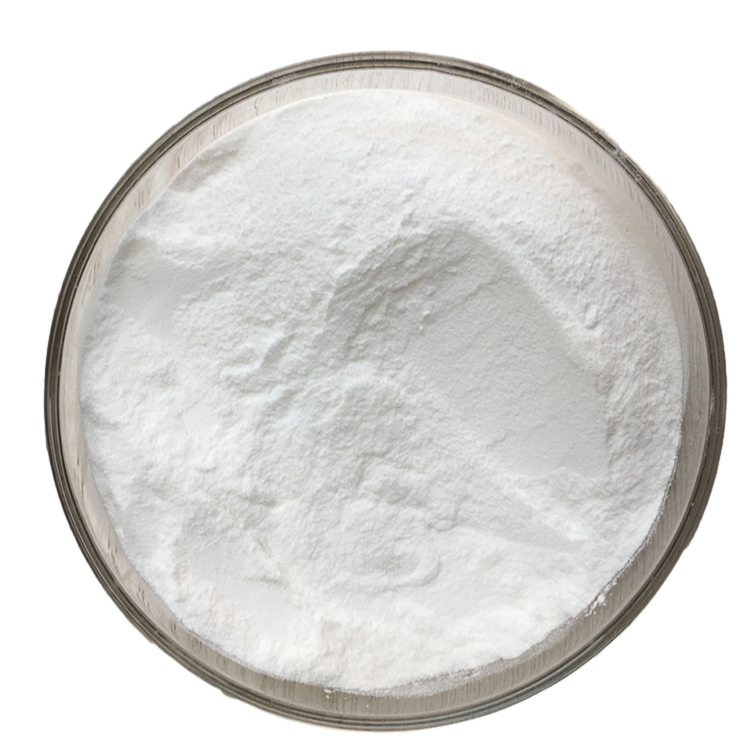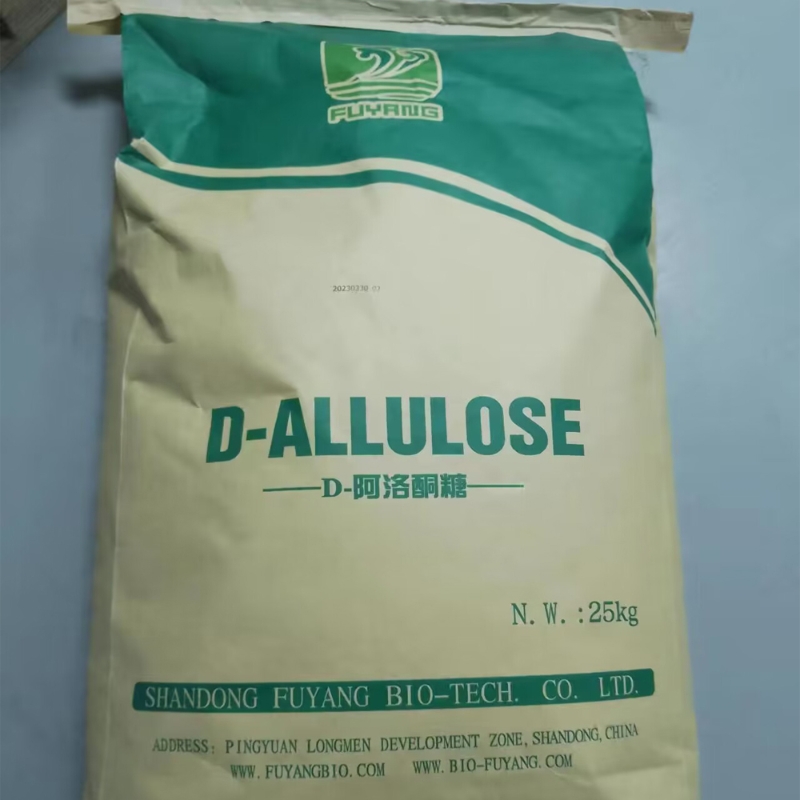-
Categories
-
Pharmaceutical Intermediates
-
Active Pharmaceutical Ingredients
-
Food Additives
- Industrial Coatings
- Agrochemicals
- Dyes and Pigments
- Surfactant
- Flavors and Fragrances
- Chemical Reagents
- Catalyst and Auxiliary
- Natural Products
- Inorganic Chemistry
-
Organic Chemistry
-
Biochemical Engineering
- Analytical Chemistry
- Cosmetic Ingredient
-
Pharmaceutical Intermediates
Promotion
ECHEMI Mall
Wholesale
Weekly Price
Exhibition
News
-
Trade Service
Recently, Guizhou Provincial Market Supervision And Administration organized the supervision and sampling of 352 batches of samples of vegetable products, soy products, sugar and infant formula.
specific situation is announced as follows: First, the overall situation (i) qualified samples.
this infant formula food 30 batches, sugar 30 batches, all samples tested qualified.
(ii) the case of non-conforming samples.
this sampling vegetable products 172 batches, of which 5 batches are not qualified;
II. The Guizhou Provincial Market Supervision Administration has tasked the market supervision department of the jurisdiction to take such measures as off-shelf, recall and investigation in accordance with the relevant provisions of the Food Safety Law of the People's Republic of China, to identify the batch, quantity and cause of unqualified food, and to formulate corrective measures to prevent and control food safety risks.
this announcement.
Annex: 1. This inspection item 2. Part of the non-conforming items small knowledge 3. Supervision of sampling non-conforming product information 4. Supervision of sampling product qualification information January 3, 2019 attached 1: This inspection item 1, vegetable products (1) sampling basis.
are the National Standards for Food Safety Food Additives (GB 2760-2014), the Limits of Pollutants in Food Safety National Standard Foods (GB 2762-2017), the National Standards for Food Safety for The Limits of Pathogenic Bacteria in Food Safety (GB 29921-2013), and Food Safety Countries Standard pickles (GB 2714-2015), the National Food Safety Rectification Office on the issuance of "food may be illegally added non-edible substances and easy to abuse the list of food additive varieties (fifth batch)" notice (consolidation letter (2011) No. 1) and other standards and product express standards and indicators.
(ii) inspection items.
Vegetable dry products inspection items include lead (in Pb), Sudanese red I-IV, benzoic acid and its sodium salts (in benzoic acid), sorbic acid and its potassium salts (in sorbic acid), sodium saccharin (in saccharin), sulfur dioxide residues, salmonella, Staphylococcus aureus and other items.
testing items for dried edible fungi included lead (in Pb), total arsenic (in As), cadmium (in CD), total mercury (in Hg), sulfur dioxide residues, etc.
pickle inspection items include lead (in Pb), nitrite (in NaNO2), Sudanese red I-IV, benzoic acid and its sodium salts (in benzoic acid), sorbic acid and its potassium salts (in sorbic acid), dehydroacetic acid and its sodium (in terms of dehydroacetic acid), Sodium saccharin (in saccharin), sucralose, saccharin (in cyclohexyl amino sulfonate), new sweet, sulfur dioxide residues, preservatives mixed with the proportion of its maximum use of the total, E. coli, salmonella, Staphylococcus aureus and other items.
, infant formula food (i) sampling basis.
are The National Standard for Food Safety The Limit of Mycotoxins in Food (GB 2761-2017), the National Standard for Food Safety the Limit of Pollutants in Food (GB2762-2017), the National Standard for Food Safety Infant Formula (GB 10765-2010), and Food Safety National standard larger infant and young children formula food (GB 10767-2010), "on the limited value of melamine in food" (Ministry of Health, Ministry of Industry and Information Technology, Ministry of Agriculture, General Administration of Industry and Commerce, General Administration of Quality Inspection Announcement No. 10 of 2011) and other standards and product express standards and indicators requirements.
(ii) inspection items.
Infant Formula Food Inspection Program includes protein, fat, carbohydrate, moisture (powdered infant formula only), grays, impurities (only for lactogenic infant formula), nitrates (in NaNO3) (in lactate-based infant formula only), nitrites (in NaNO2), aflatoxin M1 (limited to dairy and lactose products) Products with the main raw materials), lead (in Pb), sodium, potassium, copper, magnesium, iron, zinc, manganese, calcium, phosphorus, chlorine, selenium, total number of colonies, E. coli, Staphylococcus aelobacter, salmonella, E. coli Hansaki (E. coli for infants between 0 and 6 months of age), melamine and other items.
Larger infant and toddler formula food inspection programs include protein, fat, moisture (powder products only), ash, impurities (not suitable for products that add vegetables and fruits), nitrates (in NaNO3) (products that do not apply to added vegetables and fruits), nitrites (in NaNO2) (for lactogenic products only), aflatoxin M1 (limited Suitable for dairy and milk protein products as the main raw materials of products, lead (in Pb), sodium, potassium, copper, magnesium, iron, zinc, calcium, phosphorus, chlorine, the total number of colonies (not applicable to the addition of active strains (aerobic and anaerobic probiotics) products), E. coli, Staphylococcus aphdobacteria, salmonella, melamine and other items.
, sugar (i) sampling basis.
are The National Standard for Food Safety Contaminant Limits in Food (GB2762-2017), The National Standard for Food Safety Sugar (GB 13104-2014), White Sugar (GB/T 317-2018), and Fine Sugar (QB/T 4564-2013), standards such as "red sugar" (QB/T 4561-2013), "single crystal icing sugar" (QB/T 1173-2002), "polycrystalline icing sugar" (QB/T 1174-2002) and other standards and product express standards and indicators.
(ii) inspection items.
White sugar, sugar, red sugar, icing sugar, square sugar, ice sugar and other test items include sucrose, total sugar, reduced sugar, color value, insoluble in water impurities, total arsenic (in As), lead (in Pb), ticks and other items.
, soy products (1) sampling basis.
are the National Standard for Food Safety Food Additives (GB 2760-2014), the National Standard for Food Safety, the Limit of Mycotoxins in Food (GB2761-2017), and the Limit of Pollutants in Food Safety (GB 2762). -2017), "Food Safety National Standard Food Pathogenic Bacteria Limit" (GB 29921-2013), "National Standard for Food Safety Soy Products" (GB 2712-2014) and other standards and product express standards and indicators requirements.
(ii) inspection items.
Fermented soy products inspection items include lead (in Pb), aflatoxin B1, benzoic acid and its sodium salts (in benzoic acid), sorbic acid and its potassium salts (in sorbic acid), dehydroacetic acid and its sodium salts (in dehydroacetic acid), sodium saccharin (in terms of sugar) Sperm meter), sweetin (in cyclohexyl amino sulfonate), sucralose, aluminum residues (dry samples, in Al), preservatives mixed with the proportion of their maximum use of the proportion of the total, E. coli, Staphylococcus aphdolic, salmonella and other items.
Non-fermented soy products inspection items include lead (in Pb), benzoic acid and its sodium salts (in benzoic acid), sorbic acid and its potassium salts (in sorbic acid), dehydroacetic acid and its sodium salts (in dehydroacetic acid), propic acid and its sodium calcin (in acrylic), saccharin Sodium (in saccharin), sucralose, sulfur dioxide residues, natamycin, aluminum residues (dry samples, in Al), preservatives mixed with the proportion of their maximum use, E. coli, Staphylococcus acobacteria, salmonella and other items.
attached 2: part of the substandard project of small knowledge I, sulfur dioxide residue "National Standard for Food Safety Food Additives Use Standard" (GB2760-2014) clearly defined sulfur dioxide as a bleach, preservatives, antioxidants for surface treatment of fresh fruits, dried fruits, honeyed cold fruits, dried vegetables and so on.
cause of non-conformity is that food enterprises in order to remove bad color in food, increase the shelf life of food over-limit, over-range use of sulfur dioxide.
, preservatives mixed use of the proportion of their maximum use of the proportion of preservatives as a food added many kinds, mainly to inhibit the growth of microorganisms, extend the shelf life of food.
but too much consumption of preservatives can cause harm to the human body.
GB2760-2014 states: "Food additives of the same function (same colorants, preservatives, antioxidants) shall not be used in a mixture of their respective dosages as a proportion of their maximum usage should not exceed 1".
is caused by the production enterprises in order to prevent food corrosion, extend the shelf life of food or make up for poor hygiene in the food production process and overdosing the use of a variety of food additives.
lead (in Pb) is an element of nature.
lead is more toxic, a considerable proportion of lead enters the human body in the form of salt stored in the bones, and with the increase of human life, lead in the bone is gradually on the rise.
lead in meat and agricultural products is due to feed pollution or water pollution.
, sorbic acid is the International Food and Agriculture Organization and WHO recommended high-efficiency and safe preservatives, widely used in food, beverages, tobacco, pesticides, cosmetics and other industries.
, especially for yeast, mold and many fungi.
may be caused by the production enterprises for food corrosion prevention, extended shelf life of food or make up for poor sanitary conditions in the food production process over-range over-dose use of food additives.
, dehydroacetic acid is a low-toxic and high-efficiency preservative.
has a broad spectrum, in acid, alkaline conditions have a certain antibacterial effect, especially on mold has a strong inhibitory effect.
According to the national standard "National Standard for Food Safety Food Additives Using Standard GB 2760-2014", compound seasonings, breads, pastries, fermented soy products, prefabribriited meat products and other food products are allowed to add and a limited amount.
cause of non-conformity is that the production enterprises in order to prevent corrosion, extend the shelf life of the product or make up for poor hygiene in the production process, overdosing the use of food additives.
。






